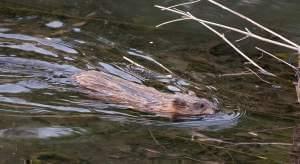
Appreciating Muskrats
What might a muskrat be doing in an urban park, just blocks from the center of town? Muskrats occupy a wide variety of aquatic and wetland habitats, including slow moving creeks near cities and towns.
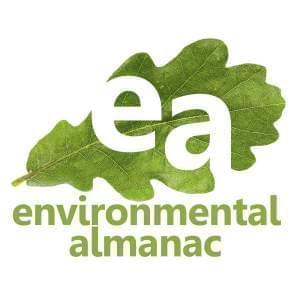
Weekly commentaries on the environment and appreciating the natural world, by Rob Kanter from the School of Earth, Society, and Environment at the University of Illinois.

What might a muskrat be doing in an urban park, just blocks from the center of town? Muskrats occupy a wide variety of aquatic and wetland habitats, including slow moving creeks near cities and towns.
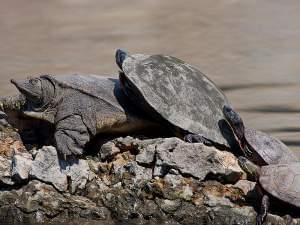
Summer means traveling and the opportunity to see wildlife in other places, but looking around one's own hometown can yield a surprising diversity of animals
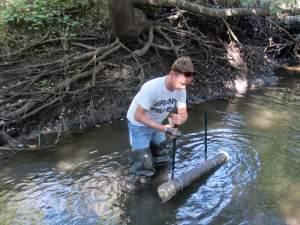
Conor Neal has been working to figure out how phosphorous is transported from the surrounding landscape into tributaries and then on to larger rivers
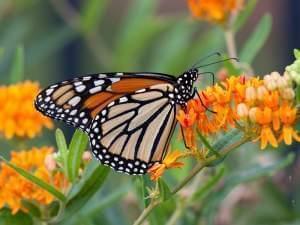
Monarch Butterflies are declining rapidly as a species—by a staggering 90 percent in the past two decades. Butterfly milkweed, an easy-to-grow perennial characterized by attractive foliage and bright orange flowers; it is also the only plant fledgling Monarch caterpillars feed on. People can provide important habitat for them in home landscaping—just by cultivating some milkweed for the caterpillars to feed on.

Brian Sauder is the executive director Faith in Place, a statewide nonprofit whose mission is “to help people of faith understand that issues of ecology and economy—of care for Creation—are at the forefront of social justice.”
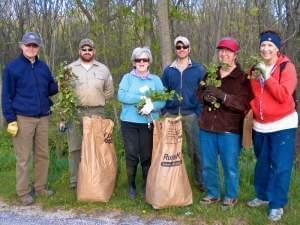
What’s wrong with garlic mustard? Probably nothing in itself, but garlic mustard is one of many plants that can produce bad effects when propagated them in the wrong place. Natural areas in Illinois are definitely the wrong place for garlic mustard, where it can crowd out native plants, depriving insects and the animals that eat them of an important food source, depriving birds of the cover they need for nesting, and more.
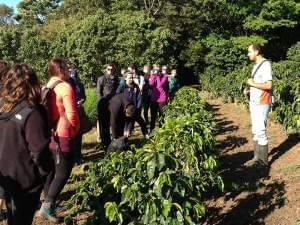
Twenty-one U of I undergraduates in the Earth, Society and Environmental Sustainability program studied the complexity of sustainability - from how CO2 in the atmosphere affects coral organisms to the effects of different methods of coffee growth and cultivation
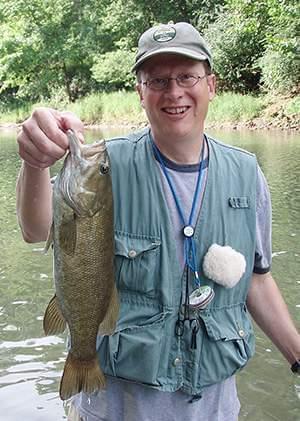
The Middle Fork of the Vermilion River is the only Illinois waterway with the designation “National Wild and Scenic River.” But there's a potential accident waiting to happen: a shuttered Dynegy power plant to the north contains three ponds of toxic coal ash in the river's floodplain. These are virtually guaranteed to wind up in the river eventually as the Middle Fork itself meanders toward these coal ash ponds
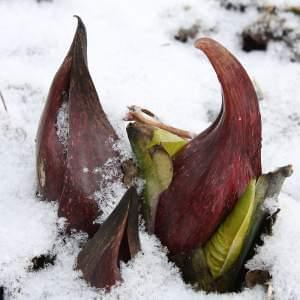
The “skunk cabbage,” is a plant that lives up to its name, giving off a distinct, skunk-like odor. But this distinct early spring flower also distinguishes itself from all other plants native to Illinois by the fact that it generates heat--enough so that its flower can remain 36 degrees F warmer than the surrounding air for a period of about two weeks.

In anticipation of the 31st Annual Insect Fear Film Festival, which they will host Saturday on the UI campus, this week’s Environmental Almanac is written by two members of the Entomology Graduate Student Association: Michelle Duennes and Todd Johnson.
Campbell Hall
300 N. Goodwin
Urbana, IL 61801
217-333-7300